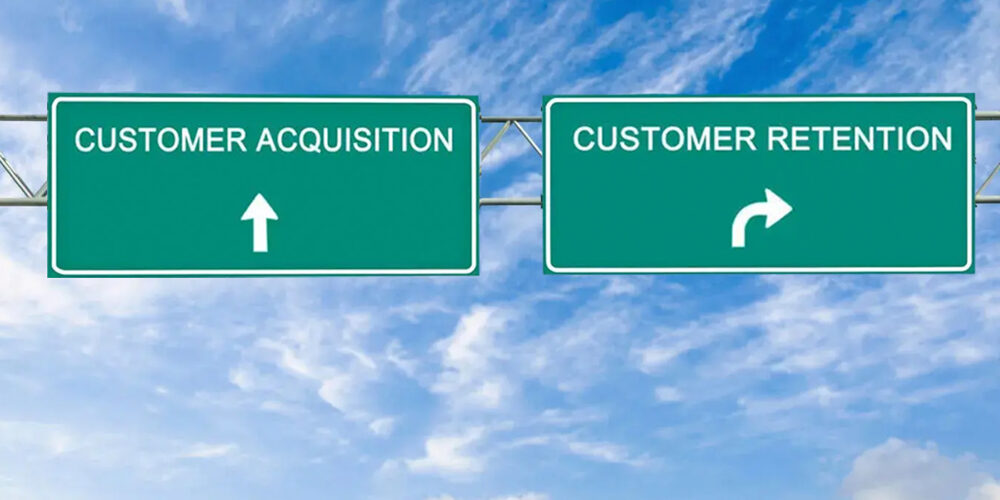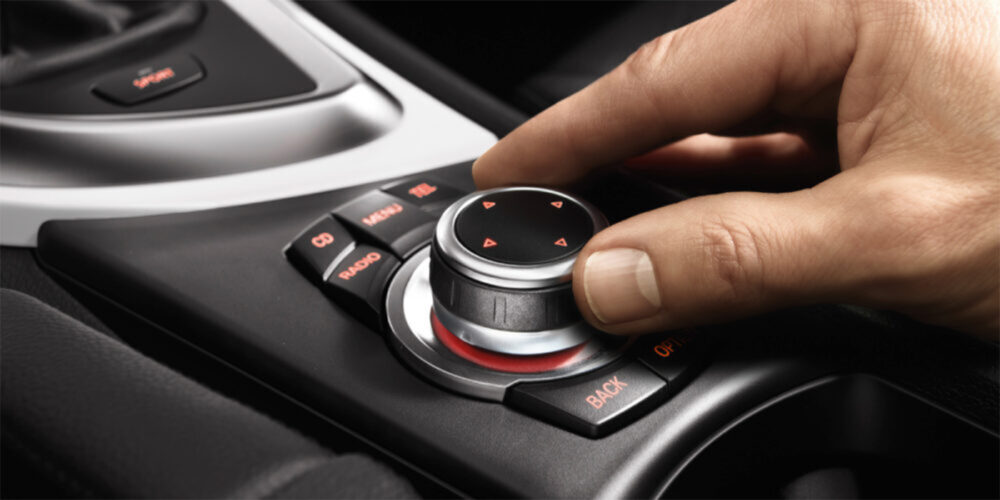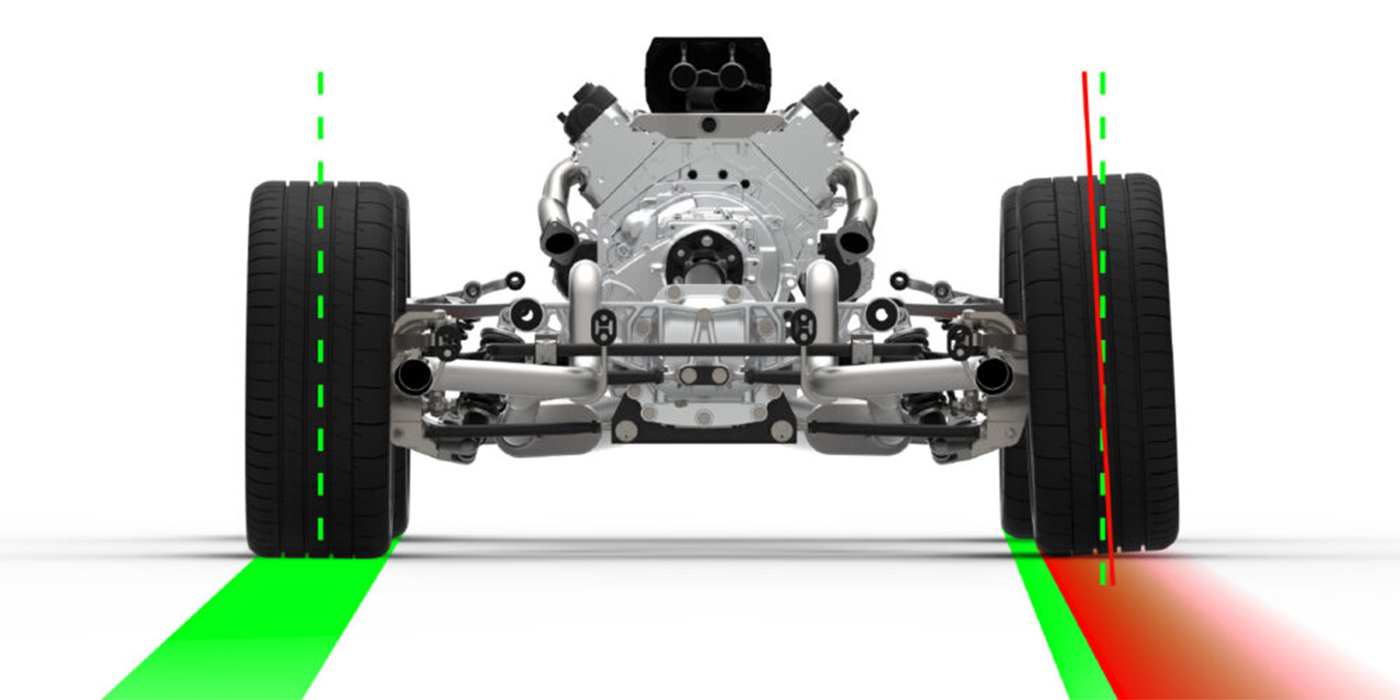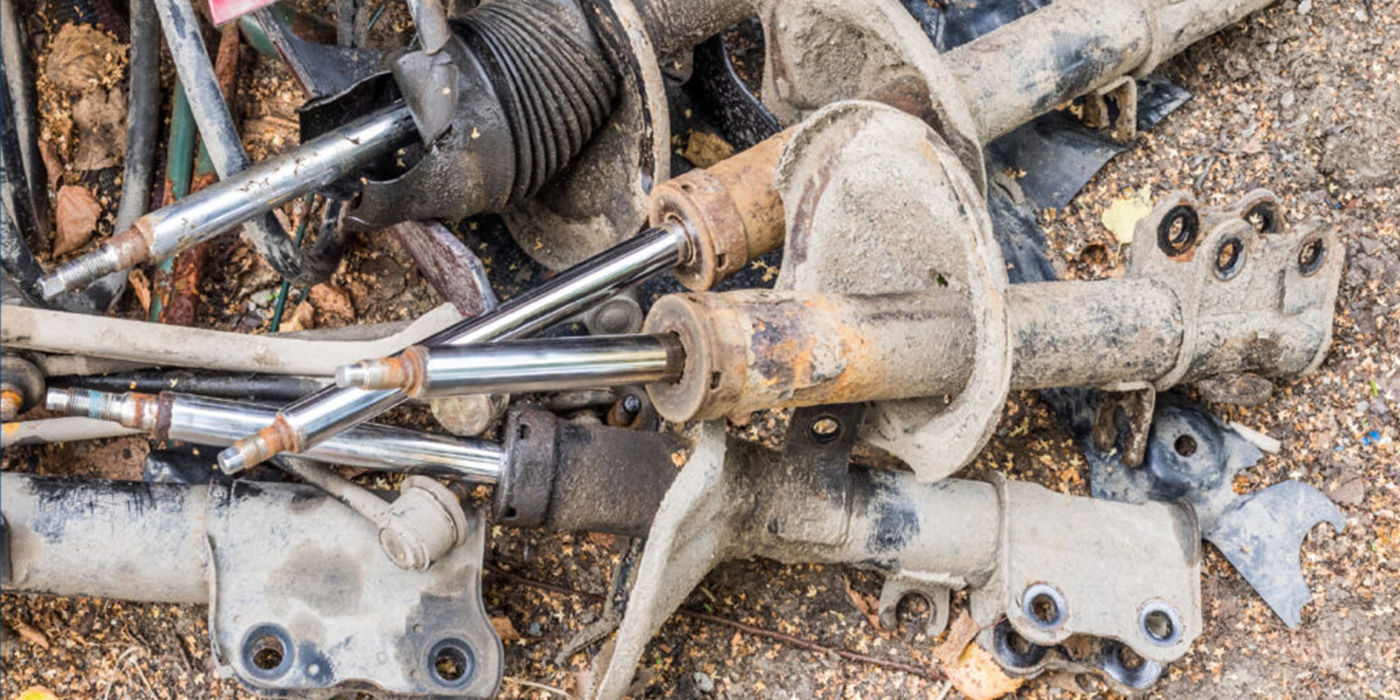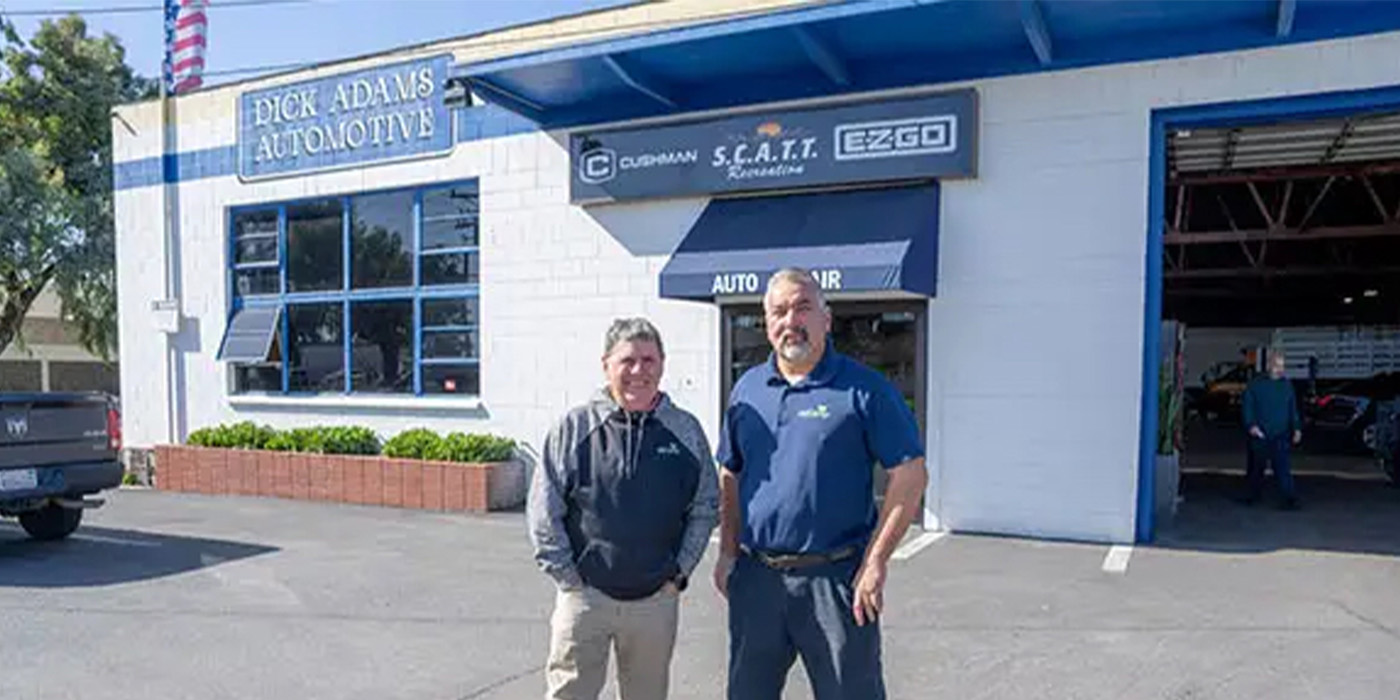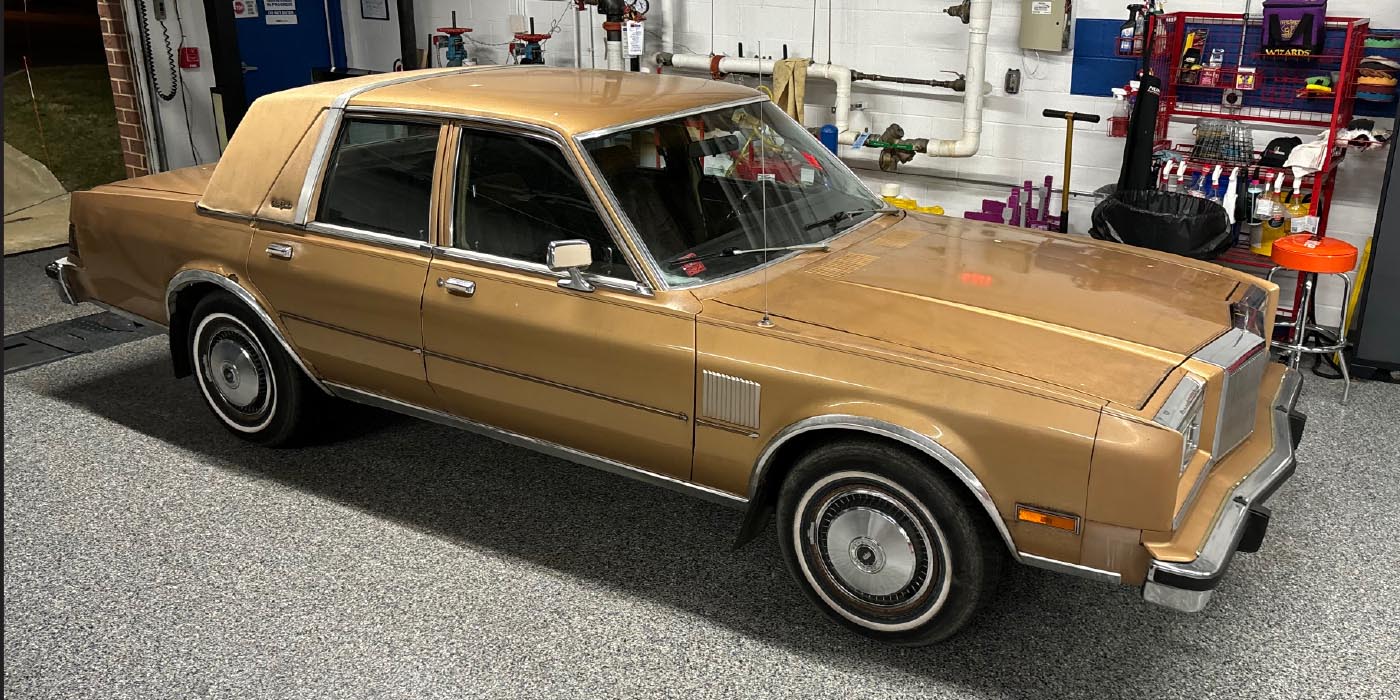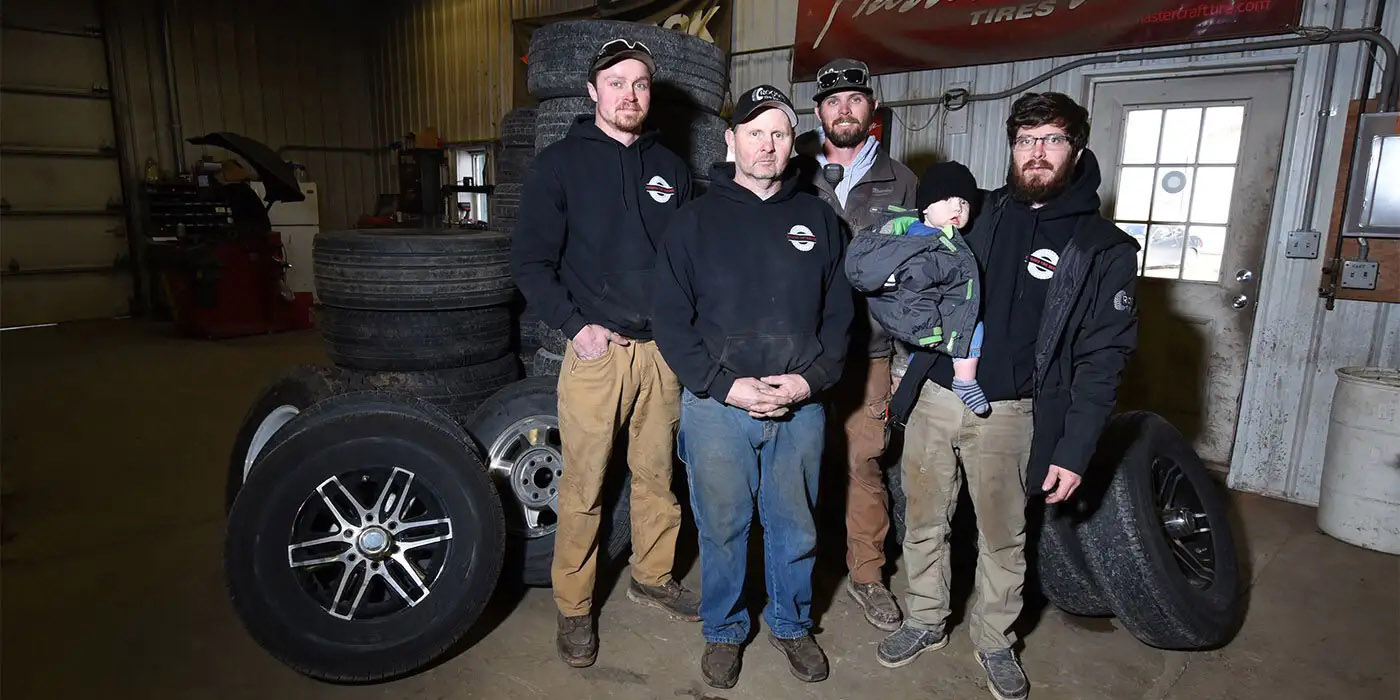Customers are the core of our business, and communicating with them effectively is critical to our success.
While each customer (and transaction) presents a unique set of opportunities and challenges, individual customers often can be classified into one of several broad types. Obviously, “profiling” or “stereotyping” an individual customer when you first meet them shortchanges everyone involved, but understanding the kinds of customers that make up your clientele gives us an idea of how to deal with each customer type once we actually get to know them.
Depending on which marketing firm or consulting group you choose to believe, there are between four and 10 basic customer types. No matter how many categories you prefer to use, it’s the psychology behind these differences that holds the key to connecting with as many of them as possible. You only get one chance to make a first impression, so a “new” customer is the one with the greatest potential. Even if a new customer has familiarity with your business, they may not have experienced it directly. Your advertising, reputation or a personal referral (presumably all positive) have encouraged them to visit your location for their needs. Now is the time to show them what they’ve been missing!
Consultative selling is a technique that focuses on building a relationship and determining what your products can do for your customer. By concentrating on the customer’s needs, you can further qualify them as one of the many customer types, and then offer the most appropriate solution for their individual situation. The immediate need might be for a battery or brake pads, but discovering the reason behind the intended purchase can open up the conversation in ways that make it easier for you to sell the most appropriate product for your customer. It also can minimize disappointment and build trust, by ensuring that the products and services are truly useful and meet the customer’s expectations.
Once the new customer becomes an “active” customer, you haven’t entirely sealed the deal. There’s a huge difference between gaining a customer and keeping a customer. An active customer isn’t necessarily a loyal customer, so using what you’ve already learned about their needs makes it a little easier to meet those needs each time. Neglecting or disappointing your new and active customers leaves the door open for them to become someone else’s new and active customers. Building upon each successful transaction (and learning from any less-than-successful ones) helpefqfs you turn these types of customers into the most desirable customer type: the loyal customer.
Loyal customers are at the heart of the 80/20 rule, which states that 80% of your business comes from roughly 20% of your customer base. New and active customers may come and go (sometimes through no fault of your own), but that solid core of loyal customers is what really keeps your lights turned on and your employees paid every week. As 80% of your business, these are the customers you really need to know and understand. Delivering best-in-class service and focusing on being an integral part of their success will help ensure that these customers remain loyal and even advocate for your business!
With proper care and feeding, we can reap the benefits of that natural progression from “new” to “active” to “loyal,” but along the way we may discover that we have some lapsed or unhappy customers. Timing is critical when addressing these “at-risk” customer types. An unhappy customer (even a loyal one) is likely to become a lapsed customer if we continue to fail them, especially if our competition surpasses us in service, pricing or any other metric. We need to identify and correct the core issues behind their dissatisfaction before that customer has the chance to cozy up to another vendor.
The at-risk customer tends to taper off slowly, so if you aren’t paying attention, you may not even realize it until it’s too late! If a valued customer does become lapsed, you should still attempt to salvage that relationship by determining what caused the lapse in the first place. The feedback also may prove to be useful in the future when dealing with other customers, who might have similar needs and objections.
No matter if it’s a retail or a commercial account, knowing the most effective ways to connect with each customer type helps create repeat business and build your brand.

